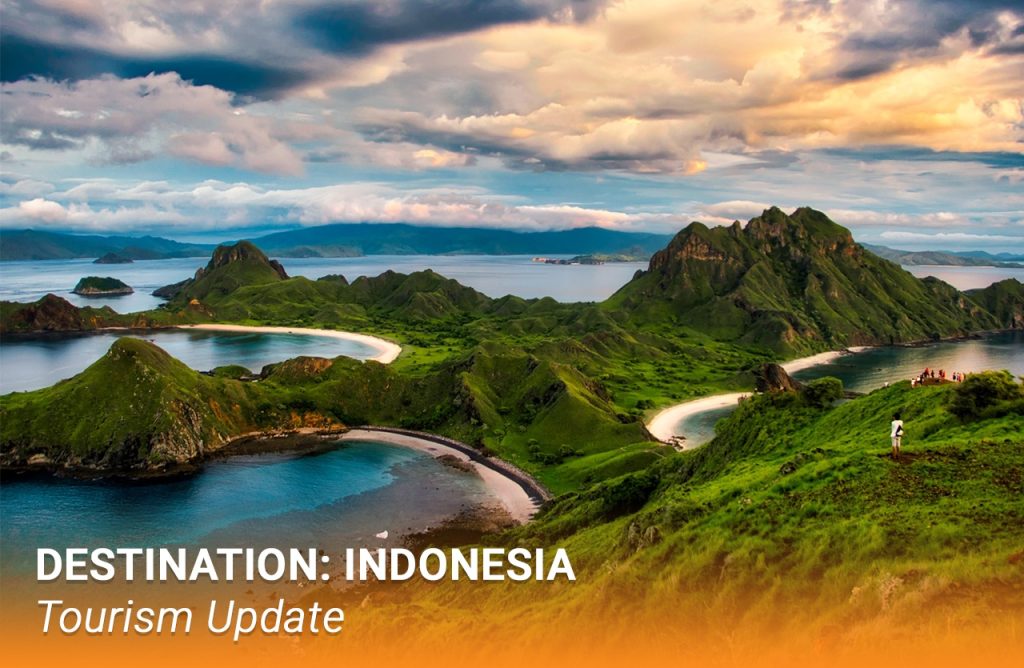
As part of wider commitments to develop sustainable tourism throughout the archipelago, Indonesian officials are looking at ways to centre ecotourism initiatives around endangered, threatened and protected (ETP) species like sharks and rays.
WWF-Indonesia’s Marine and Fisheries Programme Director, Imam Musthofa Zainudin, recently lent his support to this approach, noting the ecosystem value – and ecotourism potential – of sharks and rays.
Speaking during the 4th National Symposium on Sharks and Rays, held at the University of Indonesia on Tuesday, 21 May 2024, Imam also revealed that bycatch in the tuna industry remains the biggest threat to sharks in Indonesia, accounting for 72% of capture. For the remaining 28% who hunt these animals intentionally, Imam believes ecotourism can offer a much more sustainable, more lucrative alternative to shark fishing.
“Billions of dollars can be generated from shark tourism,” said WWF’s programme director, noting that “there are whale sharks in Gorontalo, in the Derawan Islands, in Cendrawasih, and those who want to visit are lining up there, but that also needs to be managed properly.”
Imam and other experts at the symposium believe dive tourism can provide a catalyst for conservation of these species, by developing a sustainable coastal economies based around experiences, rather than the harvesting of physical resources. “Divers are happy to tell stories when they find sharks, and that is the economy now,” said Imam. “We must be wise in how we analyse these issues,” he added, before emphasising the need for sustainable management approaches to ecotourism.
As shark and ray dives grow in popularity, so too does the potential for sustainable livelihoods connected to these trends. For example, boat rental, guide services and accommodation can all be developed around known shark and ray dive sites. “So that must be raised as an added value,” explained Imam.
Together with the Ministry of Maritime Affairs and Fisheries (MMAF) and the USAID Kolektif programme, the WWF Indonesia Foundation hosted the landmark symposium on sharks and rays in Indonesia to gather data that support progress and improve protection. During the event, Iman highlighted that Indonesia currently has 400 marine protected areas (MPAs), which collectively cover less than 10% of the country’s waters. These organisations are working collectively to expand that figure to 30% by 2030.
Imam noted that some species, such as whale sharks and mantas, still do not have protected status. “This means we can at least save their habitat and population in areas that are (designated as) conservation (areas),” he said. “From a scientific perspective, the effect can be greater within that context.”
Tourism has a major role to play in this mission, by raising the profile of native species among foreign visitors and by creating opportunities for local livelihoods that prioritise animals’ survival over unsustainable utilisation. Essentially, ecotourism provides a way to make these animals more valuable alive than dead. For tourists, encounters with sharks and rays in Indonesia offer the experience of a lifetime, as part of sustainable actions that contribute to their conservation.




